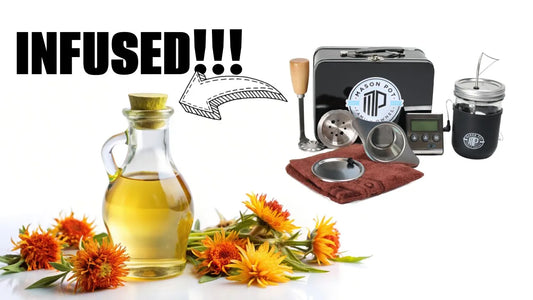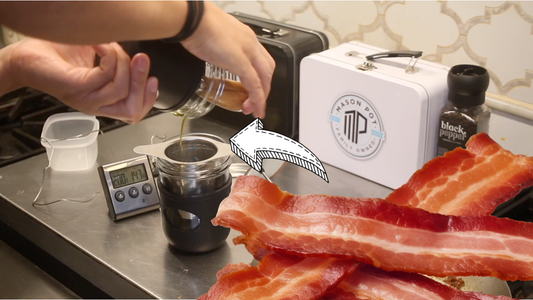Decarboxylation, also known as decarb, is the process of heating up cannabis to convert cannabinoids into a more active form. In this article, we will explore what decarboxylation is, why it is important, and how to decarb cannabis effectively.
The Importance of Decarboxylation
When cannabis is in its raw form, it contains cannabinoids in their acidic form, such as THCA (tetrahydrocannabinolic acid) and CBDA (cannabidiolic acid). These acidic cannabinoids are not psychoactive and do not produce the desired effects when consumed.
Decarboxylation is the process of removing a carboxyl group from the cannabinoids through heat or light exposure, transforming them into their active form. The most well-known example is the conversion of THCA into THC, the psychoactive component of cannabis.
Why Decarboxylate Cannabis?
Decarboxylation is essential for unlocking the full potential of cannabis. Without decarbing, consuming raw cannabis will not produce the desired effects. The process of decarboxylation converts the acidic cannabinoids into their active form, allowing them to interact with the body's endocannabinoid system and produce the desired psychoactive and therapeutic effects.
How to Decarb Cannabis
There are several methods to decarb cannabis, but the most common one is using an oven. Here's a step-by-step guide on how to decarb cannabis effectively:
- Preheat your oven to 240 degrees Fahrenheit (115 degrees Celsius).
- If you're using the Mason Pot Kit, load your cannabis into the Mason Pot jar. The jar comes with a silicone sleeve that helps maintain heat and reduce charring.
- Screw the lid onto the jar, which has a built-in thermometer for precise temperature control.
- Place the jar in the preheated oven and let it decarb for 40 minutes.
- After the decarboxylation process is complete, remove the jar from the oven and let it sit for a while to allow any vapors to settle back into the bud.
It's important to note that different cannabinoids have different decarboxylation temperatures. While 240 degrees Fahrenheit is a good starting point for THC and CBD, there are charts available for more specific temperature recommendations for other cannabinoids.
Passive Infusion vs. Active Infusion
Decarboxylation is not always necessary, depending on the desired outcome. There's something called passive infusion, where heat is added during the infusion process, releasing some of the THC into the oil or butter. However, passive infusion may result in a less potent batch.
The main reason some people prefer passive infusion is for the taste and preservation of terpenes. Terpenes are volatile compounds that contribute to the aroma and flavor of cannabis. They can burn off at certain temperatures, so by not decarbing, you can retain more of these flavorful compounds.
However, even with decarboxylation, you can still experience the entourage effect, which is the synergistic interaction between cannabinoids and terpenes that enhances the overall therapeutic effects of cannabis.
Experimenting with Different Methods
While the oven method is the most common way to decarb cannabis, there are other methods you can try. You can decarb on a stovetop using a mason pot or a crockpot. You can even use the sous vide method, which involves sealing the cannabis in a bag and immersing it in a temperature-controlled water bath.
Regardless of the method you choose, the principles of decarboxylation remain the same. The cannabis needs to be heated to a specific temperature for a certain amount of time to activate the cannabinoids.
Tips and Tricks for Decarbing Cannabis
Here are some additional tips and tricks to ensure a successful decarboxylation process:
- Cover the cannabis: Whether you're using an oven or a pan, it's recommended to cover the cannabis with foil or a lid. This helps trap the heat and prevent the cannabinoids from evaporating.
- Let it sit after decarbing: After removing the cannabis from the oven, let it sit for a while before opening the container. This allows any vapors to settle back into the bud, ensuring you don't lose any valuable compounds.
- Manage the smell: Decarboxylation can produce a noticeable smell. If you're concerned about the odor, you can try a simple hack. After decarbing, screw the lid back on the jar and take it outside to open it. Adding strong-smelling ingredients like garlic or rosemary can also help mask the cannabis smell.




